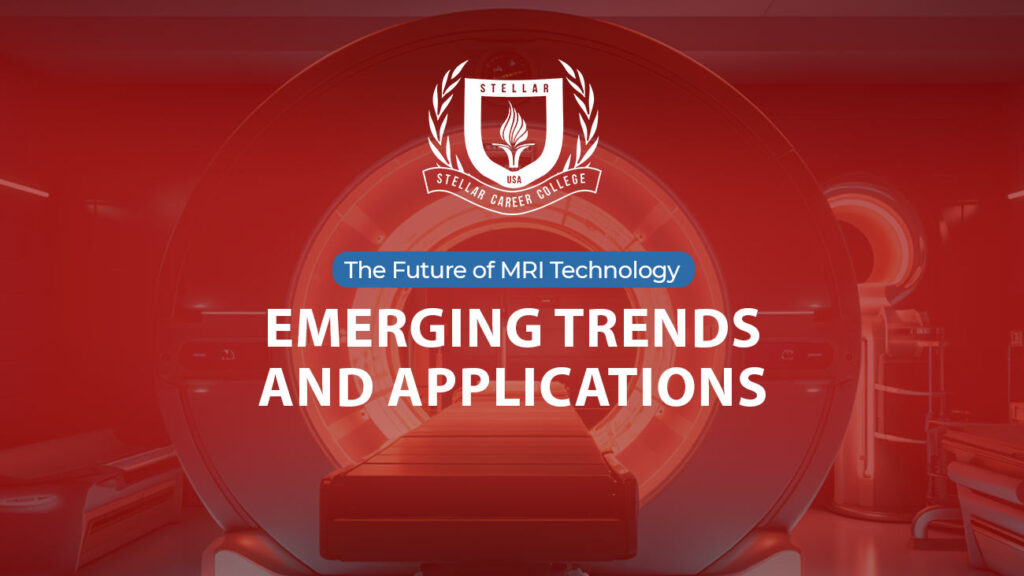In the ever-evolving era, where technology is at the forefront of every individual’s life, no one can overlook the importance of protecting digital assets, networks, and IT systems against cyber attacks. Furthermore, external threats like malware, phishing, DoS, social engineering, trojan horses, and many more surround everyone from individuals to businesses.
In order to prevent these threats and their long-term consequences, ethical hacking practices are emerging as a proven countermeasure. But the question arises: what is this concept? How does it aid in elevating cybersecurity and information systems defense against evolving and advanced external risks?
This article is a comprehensive guide to what is ethical hacking, its origin, methodologies, best practices, and its crucial role in defending digital assets and networks as a whole.

Understanding the Basics of Ethical Hacking
Before moving to its ethical hacking techniques, it is essential to understand the basic hacking concept. It refers to breaching and gaining unauthorized access to computer systems, networks, and connected devices to exploit weaknesses and manipulate or steal sensitive data. It can take three forms including:
- Black-hat Hackers (Cyber Bad Actors)
- White-hat Hackers (Ethical Hackers)
- Gray-hat Hackers (Fall in between as they sometimes perform unauthorized activities with positive intentions)
Among black and gray hat categories, ethical hackers are certified and legally recognized professionals. Their job is to work in alliance with businesses, government, and law enforcement agencies to enhance cybersecurity.
The Genesis of White-hat (Ethical) Hacking
Ethical hacking didn’t just emerge overnight. Its origin dates back more than a hundred years, with roots in the early days of computing. Curious minds like Richard Stallman and Linus Torvalds paved the way for ethical hacking and cybersecurity by introducing a culture of open-source software and collaborative problem-solving.
Moving on, throughout the 1960s, engineering students used this term as a name for various practices to optimize computer systems as well as machinery for effective, efficient, and protected functioning.
In 1995, John Patrick, the IBM Vice President, coined the term “ethical hacking“. Until then, the general ‘hacking’ term took an entirely different meaning, ‘cybercrime’. Ultimately, this led to the creation of stringent regulatory standards such as the Computer Fraud and Abuse Act (CFAA), the Prevention of Electronic Crimes Act, and many others. As of today, ethical hacking holds a separate status and means ‘specific practices and tools to evaluate IT systems’ weaknesses.’
The Role and Responsibilities of Ethical Hackers
Also known as penetration testers, white-hat hackers play a critical role in safeguarding digital assets and computer networks. They have extensive knowledge of computer systems, networks, IT security protocols, cyber threats, and potential risks. Ethical hackers identify potential entry points in a network or system that attract black hackers. They also evaluate weaknesses that can be the reason for malware, phishing, DoS, and other attacks.
White hat hackers help organizations assess unforeseen threats and understand the patterns of malicious actors to take necessary precautions. They are certified professionals who hold explicit permission from both the government and the organization they work for.

Ethical Hacking’s Methodology and Course of Action
The role of an ethical hacker involves deploying a systematic approach to identifying and addressing vulnerabilities in an IT system. Here are some of the steps that white hat hackers follow:
- Reconnaissance
The ethical hacking technique begins with experts gathering information regarding the IT network’s architecture, potential entry points or loopholes, and current security infrastructure.
- Scanning
In this phase, ethical hackers actively scan the IT networks to identify the system’s vulnerabilities and services or controls that are the cause behind them.
- Enumeration
After scanning completion, ethical hackers extract as much information as possible about the system. These particularly involve the data that leads to weaknesses such as user accounts, network-linked devices, information flow channels, and IT posture configurations.
- Risk and Weakness Analysis
Once they have gathered enough data, ethical hackers analyze the risk factor associated with every piece of information. It helps them separate the clusters that show more vulnerability from those relatively secure.
- Exploitation
After discovering the loopholes through the use of advanced cybersecurity tools and techniques, white-hat hackers perform a real-time test. This refers to the attempt to breach the system to validate risk levels as high, medium, or low. This step is where their actions mimic those of a malicious hacker.
- Post-Exploitation
Ethical hackers mimic cyber attacks to understand the vulnerabilities more clearly in IT systems under test. Through the combined cybersecurity and ethical hacking practice, they assess the potential damage and analyze how an attacker could pivot further into the network. This later helps devise and execute strategies for building secure information security systems.
- Reporting and Remediation
The last step in ethical hacking is to document the findings, causes, and reasoning in detail to present before their clients. This includes How, When, and Why meaning used techniques and their pattern, purpose of breach, and its impact. They detail all weaknesses, their future impact, and recommended countermeasures. Ultimately, this helps the organization to take necessary protective cybersecurity measures for constructing a secure IT system.
In a Nutshell
Ethical hacking has proven to be an indispensable tool in the ongoing battle against cyber threats and protecting digital assets. The term hacking has a negative connotation attached to it, but its benefits are worth recognizing. The expertise of white-hat hackers, advanced tools, and methodologies are essential in identifying IT systems weaknesses and strengthening cyber defense. Hence, ethical hacking will continue to remain at the forefront of elevating cybersecurity and protection against emerging external threats.
Join Stellar Career College to Kickstart Your Career
Our Associate Degree in Information Systems and Cybersecurity is your gateway to entry-level positions in the rapidly evolving IT industry. After a span of 12 months max., graduates will be able to understand what is ethical hacking. They can later secure employment in organizations as information systems security engineers, vulnerability and penetration testers, firewall engineers, network engineers, software developers, database administrators, and several other positions. In addition to quality and practical learning, we also offer career assistance to our students for smooth entry into the IT industry.
Enroll in Our 90-Quarter Credit Hour Course Today and Kickstart Your Career in the Cybersecurity Domain.





